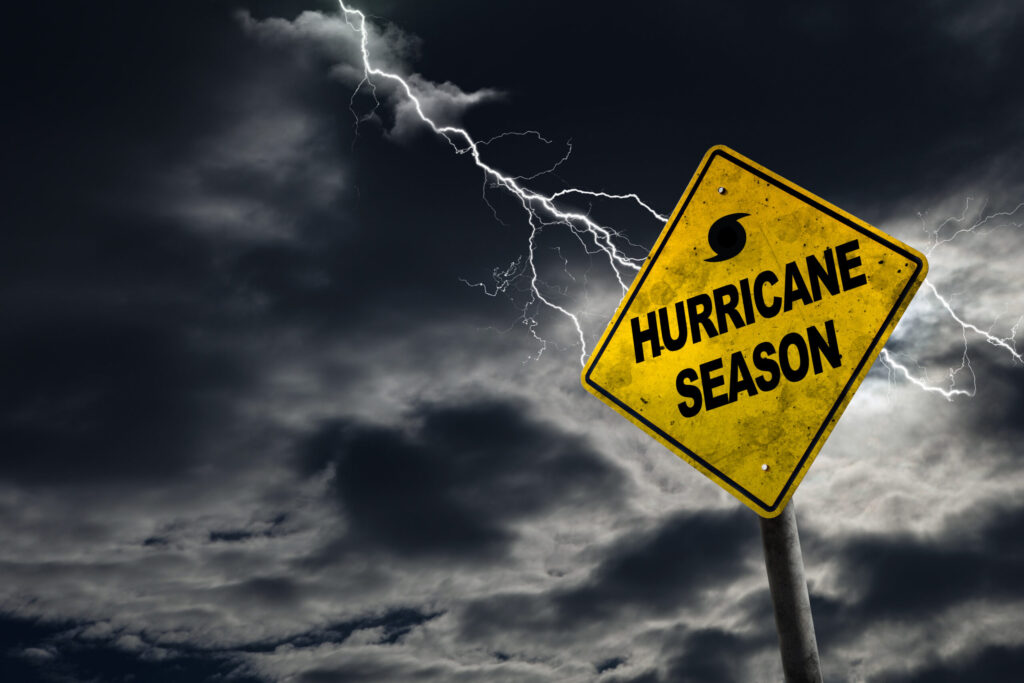Hurricanes have long been a formidable force, wreaking havoc on the United States with their extreme intensity and destructive power. Among the myriad storms that have slammed the coastlines, five stand out for their exceptional intensity and the catastrophic impact they left in their wake. These storms, occurring at the peak of the hurricane season, are a testament to the sheer power of nature.
Labor Day Hurricane (1935)
The Labor Day Hurricane of 1935 remains the most intense hurricane ever recorded in U.S. history. Striking the Florida Keys on September 2, 1935, this Category 5 hurricane achieved a barometric pressure of 892 millibars at landfall, an unprecedented record. The storm, which rapidly intensified from a Category 1 as it moved from Andros Island in the Bahamas to the Florida Keys, brought maximum sustained winds of 185 mph. The surge reached a staggering 20 feet, causing widespread devastation. Its ferocity resulted in the destruction of the Overseas Railway and left a lasting mark on the region’s infrastructure and community.
Hurricane Camille (1969)
Hurricane Camille, which made landfall on August 17, 1969, is another hurricane etched in history for its intensity and impact. With a central pressure of 900 millibars and estimated winds of 175 mph, Camille delivered a storm surge that peaked at 24.6 feet along the Mississippi Gulf Coast, setting a U.S. record at the time. This surge was narrowly focused due to Camille’s compact size, resulting in severe damage to a specific coastline segment. The hurricane’s impact extended beyond Mississippi, with devastating flooding in Virginia claiming an additional 113 lives. The combined death toll and property damage from Camille underscored the storm’s devastating power.
Hurricane Michael (2018)
Hurricane Michael was a formidable Category 5 hurricane that struck near Mexico Beach, Florida, on October 10, 2018. With a minimum central pressure of 919 millibars and maximum sustained winds of 160 mph, Michael’s late-season landfall was unusual for such a powerful storm. The hurricane unleashed catastrophic storm surge, severe wind damage, and widespread flooding. The destruction contributed to 49 deaths and incurred approximately $31 billion in damages, highlighting the extensive impact of hurricanes even late in the season.
Hurricane Katrina (2005)
Hurricane Katrina, which made landfall on August 29, 2005, is one of the most infamous hurricanes in U.S. history. Striking Louisiana with a pressure of 920 millibars, Katrina was notable for its enormous storm surge, which reached nearly 28 feet around Waveland and Pass Christian, Mississippi. The surge caused unprecedented flooding, breaching levees and floodwalls and inundating 80 percent of New Orleans. The catastrophic flooding, combined with the hurricane’s wind damage, resulted in a staggering total of $125 billion in damages, making it one of the costliest natural disasters in U.S. history.
Hurricane Andrew (1992)
Hurricane Andrew, which struck Florida and the central Gulf Coast in August 1992, was another hurricane of exceptional intensity. With a barometric pressure of 922 millibars at landfall and Category 5 wind speeds, Andrew caused extreme damage in southern Florida. The hurricane’s compact size concentrated its power, resulting in severe destruction of approximately 125,000 homes. Andrew’s total damage cost of $60.2 billion (adjusted for inflation) was the highest at the time, emphasizing the devastating economic impact of such intense storms.
How to Stay Safe During a Hurricane
- Prepare an Emergency Kit: Assemble a kit with essentials such as non-perishable food, water, medications, batteries, and a flashlight. Include important documents and any necessary personal items.
- Develop a Family Plan: Create a family emergency plan that includes meeting points, communication methods, and evacuation routes. Ensure all family members are familiar with the plan.
- Secure Your Home: Reinforce windows and doors to withstand strong winds. If you live in a flood-prone area, elevate electrical appliances and utilities.
- Stay Informed: Monitor weather updates from reliable sources such as the National Weather Service or local news. Follow evacuation orders and alerts from authorities.
- Evacuate if Needed: If advised to evacuate, do so promptly. Follow designated routes and avoid driving through flooded areas. Your safety is the top priority.
Understanding the intensity and impact of these historical hurricanes can provide valuable insights into the risks and preparations needed for future storms. By staying informed and preparing adequately, individuals can enhance their safety and resilience against these powerful natural events.


